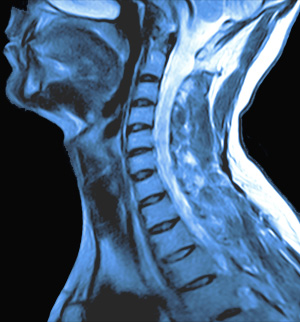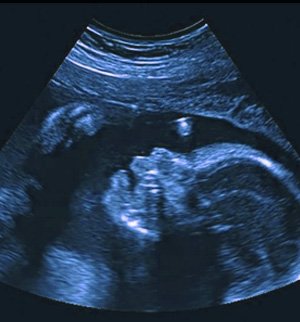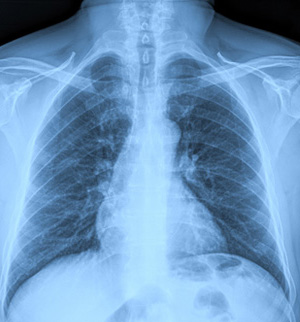
Each convenient location offers evening and weekend hours.
We also offer lung screenings.
Take a minute now,
to save a few later.
All patients should bring their insurance card(s) and photo ID to their appointment.
If you are having an MRI or CT, please fill out the corresponding form in the Patient Information & Forms box to save some time during the check in process.
If you are unable to make your appointment, please call and cancel or it will be considered a No Show, and your appointment will not be rescheduled.

MRI Magnetic Resonance Imaging
Magnetic resonance imaging (MRI) of the body uses a powerful magnetic field, radio waves and a computer to produce detailed pictures of the inside of your body. It may be used to help diagnose or monitor treatment for a variety of conditions within the chest, abdomen and pelvis. If you’re pregnant, body MRI may be used to safely monitor your baby.

CT SCAN Computed Tomography
Computed tomography (CT) of the chest uses special x-ray equipment to examine abnormalities found in other imaging tests and to help diagnose the cause of unexplained cough, shortness of breath, chest pain, fever and other chest symptoms. CT scanning is fast, painless, noninvasive and accurate. Because it is able to detect very small nodules in the lung, chest CT is especially effective for diagnosing lung cancer at its earliest, most curable stage.

ULTRASOUND General Ultrasound
Ultrasound imaging uses sound waves to produce pictures of the inside of the body. It is used to help diagnose the causes of pain, swelling and infection in the body’s internal organs and to examine a baby in pregnant women. Ultrasound is safe, noninvasive, and does not use ionizing radiation.

X-RAY Radiography
X-ray or radiography uses a very small dose of ionizing radiation to produce pictures of the body’s internal structures. X-rays are the oldest and most frequently used form of medical imaging. They are often used to help diagnose fractured bones, look for injury or infection and to locate foreign objects in soft tissue. Some x-ray exams may use an iodine-based contrast material or barium to help improve the visibility of specific organs, blood vessels, tissues or bone.








